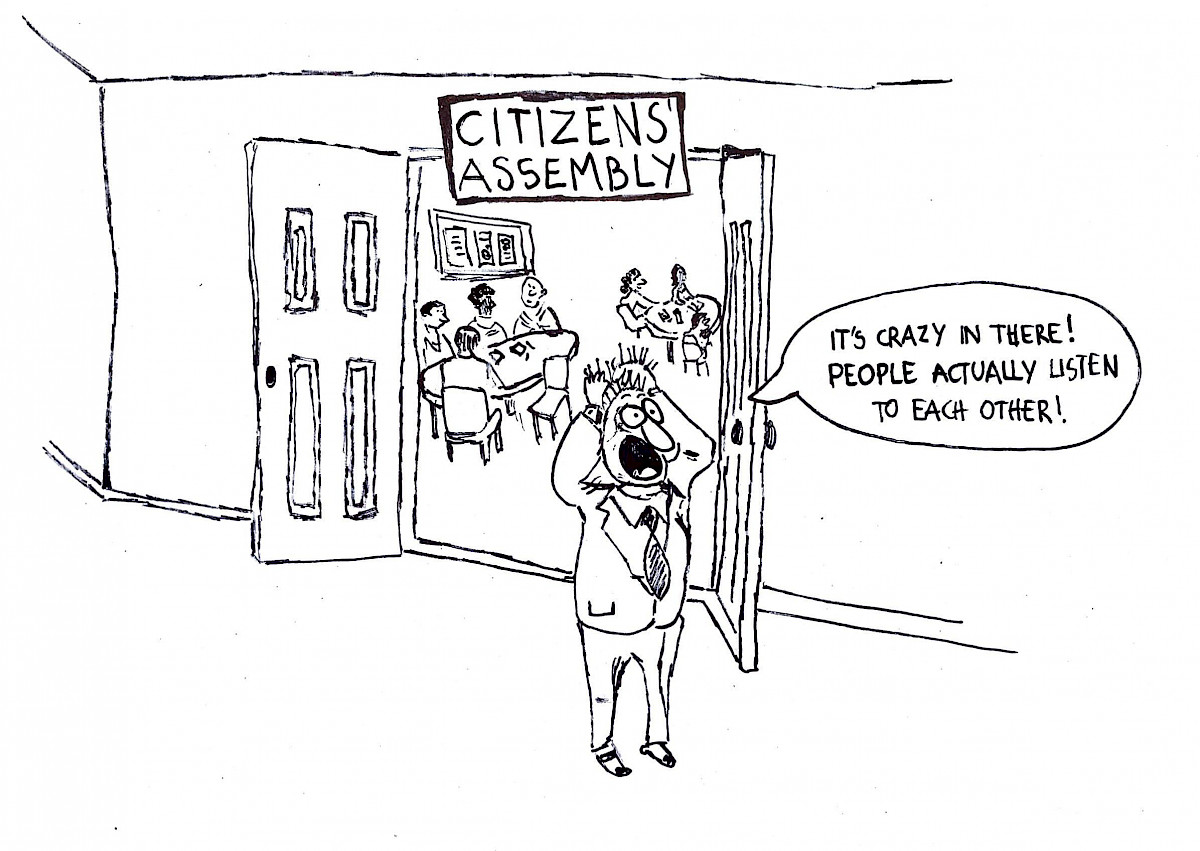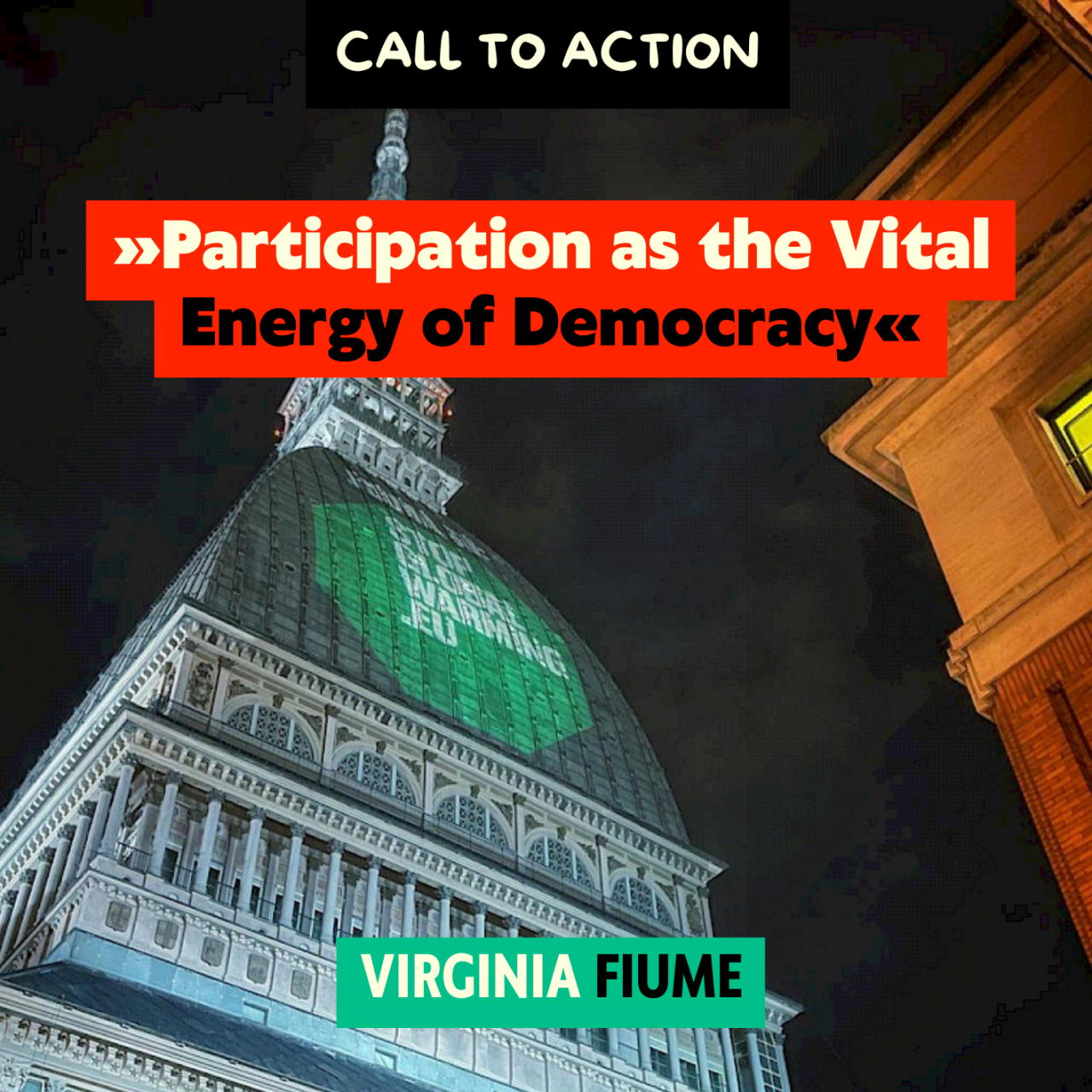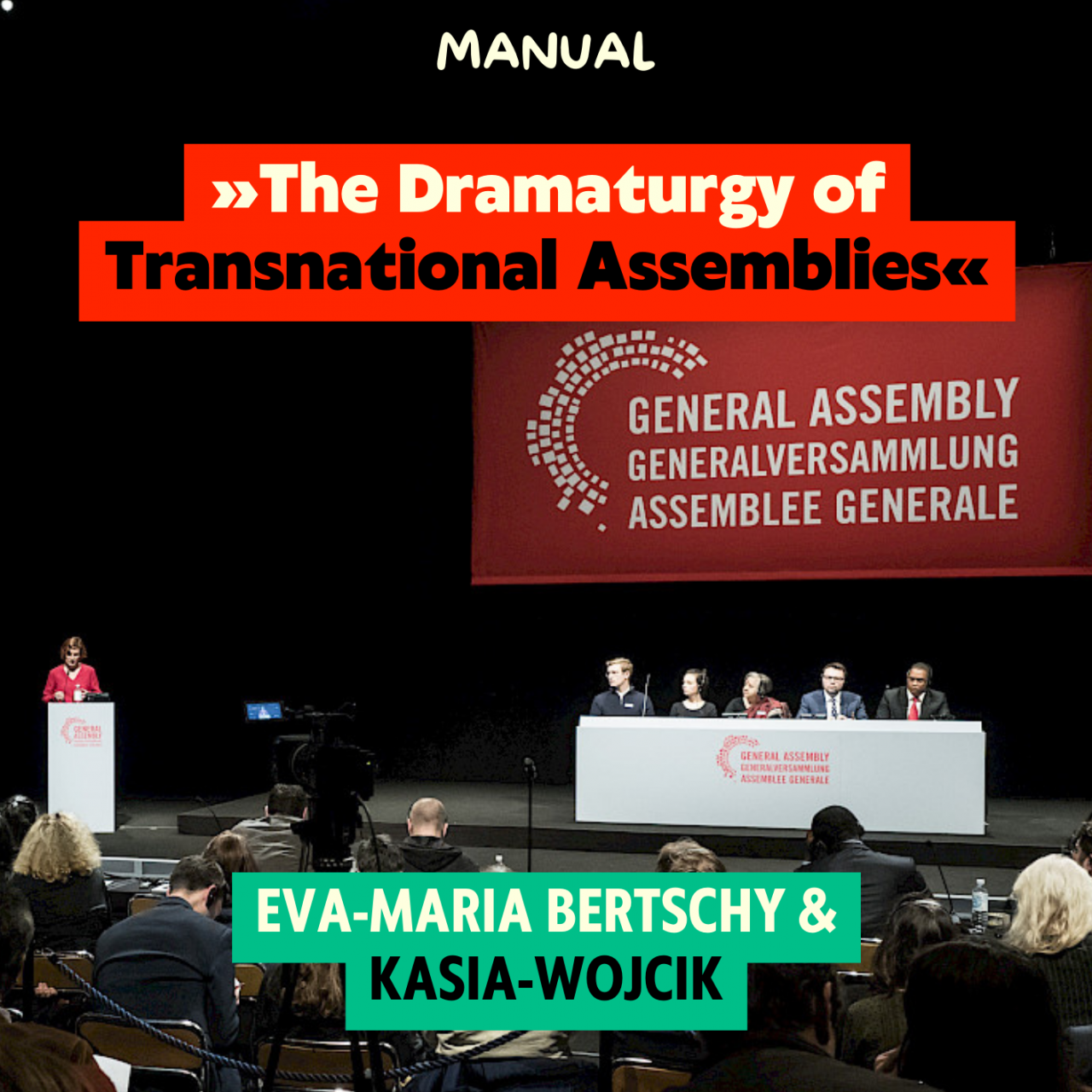Analysing the tool from policymakers’ perspective, citizen assemblies are an optimal instrument able to break political deadlock and address controversial large scale issues (As explained in the Irish example above). By institutionalizing deliberative processes, governments can take harder decisions and at a lower cost. By assigning power to ordinary citizens, governments are free of any blame or accusation that usually connects them to their vested interests. They can fight off the mistrust.
Most importantly, binding deliberation of ordinary citizens, against a collapse of trust in traditional politics, can directly improve community cohesion and reinvigorate democracy both locally and nationally. What conventions do is they represent all citizens and they re-legitimise the process of decision-making.
4. Strategy driving the movement
We are at a crossroads for the world as we know it today. It is precisely this sense of urgency that defines XR’s strategy. The most powerful and immediate action we have at our disposal is nonviolent mass civil disobedience. According to Chenowth’s analysis of the last 100 years of political revolutions, all movements that brought together over 3.5% of the population succeeded in overthrowing their political regime. The inability of our modern institutions to reverse this dire course of action has left little other option than rebellion.
It is very difficult however, to unite the wide range of entities present in the activism world behind a single manifesto or reform. Alternatively, agreeing on the need to change our political approach and offering a solution, such as citizen assemblies, can be the bridging one cause between movements. XR does not pressure for any specific policy to be implemented, rather it offers a decision-making tool able to bring about an inclusive, democratic and just change. Especially at transnational level, this is precisely the big advantage: unitying under a method for change rather than a specific policy. Citizens’ assemblies allow movements to unite under a political instrument that will allow citizens to choose between the wide range of solutions already available. We must create a movement of movements that, with different strategies, unites behind the biggest issue of our time.
Such a radical change in our way of doing politics, however, must be met with a massive European-wide campaign that infuses and permeates this new methodology, spreading citizens’ assemblies at all levels of society. Without the understanding and trust in the process by the general public, the implementation of citizens’ assemblies will be impossible. It is through the spread and incorporation of practices elaborated within citizen assemblies, that we can demonstrate its effectiveness.
XR’s diligence in emphasizing and respecting processes of participation inside the movement is unique. It creates the change it wants to see from within. Furthermore, it is the very methodology we use to internally organize ourselves and bring about change that determines whether we will be successful. For example, before joining XR, I had never heard nor taken part in a facilitated assembly in any of the various movements that I have taken part in. The feeling of inclusion and care for my opinion, along with a profound self-analysis was eye-opening. XR opened up a space for democratic experiments, in which we think as a group rather than a mere sum of individuals, allowing us to conceive another way to structure our society. As movements, it is of crucial importance that we are the first to assimilate this new way of relating to each other and to politics.




